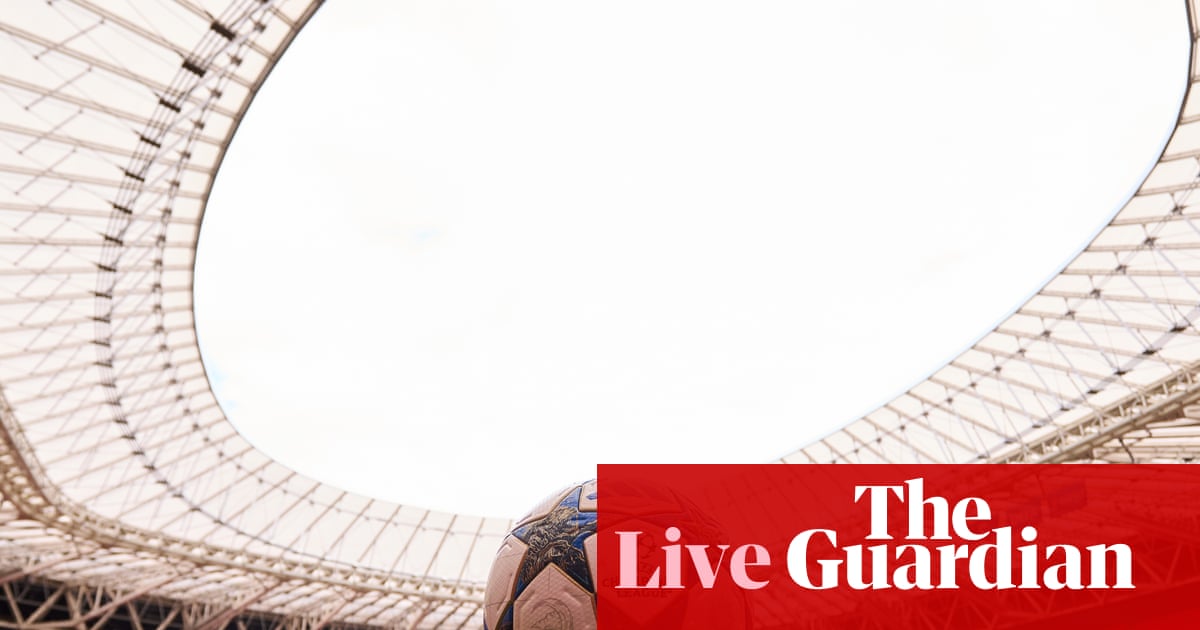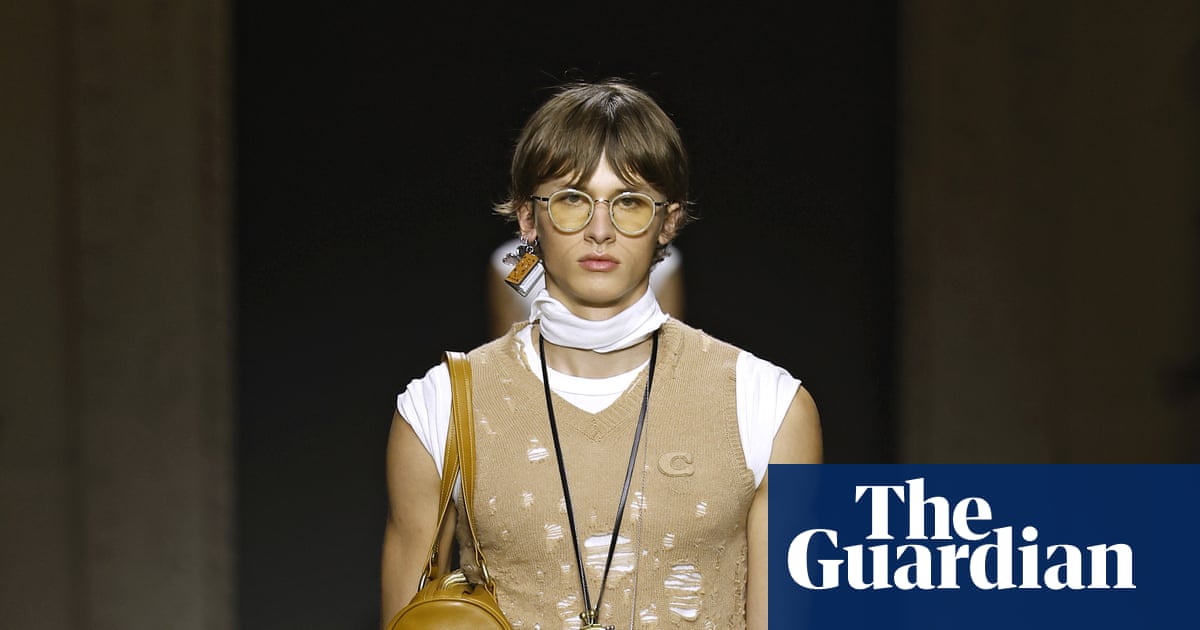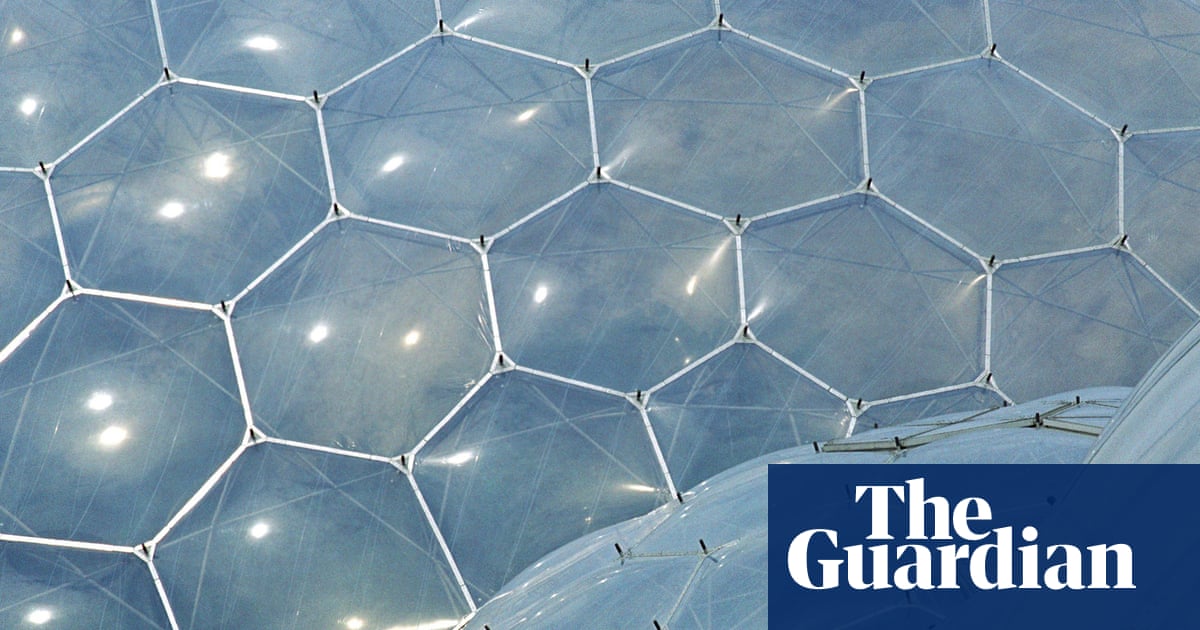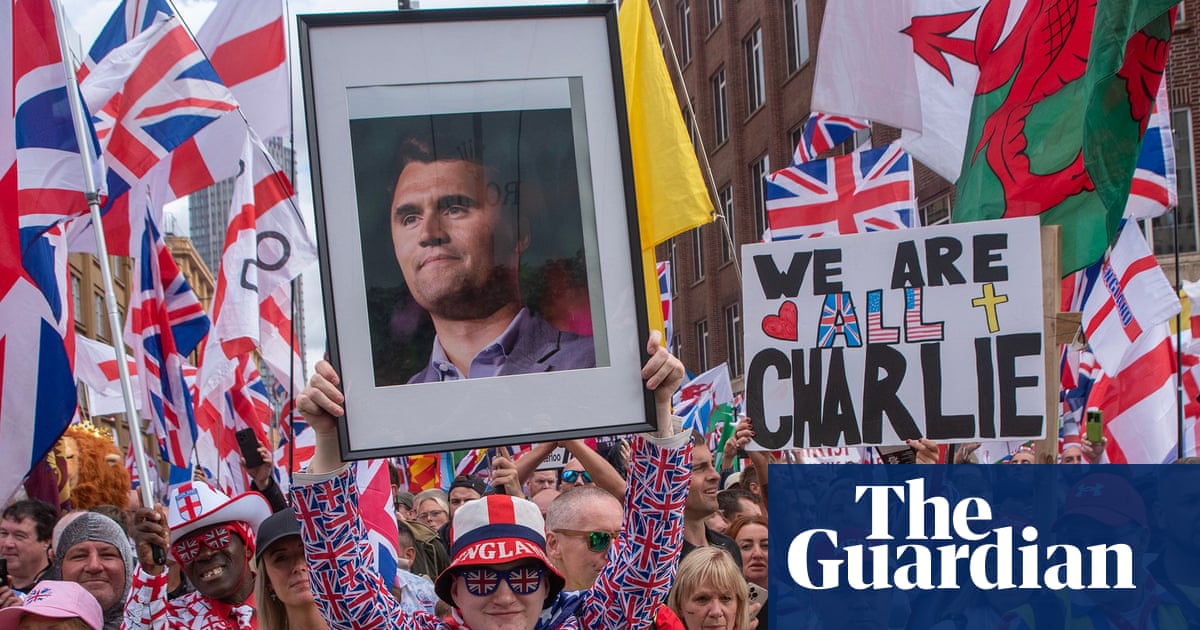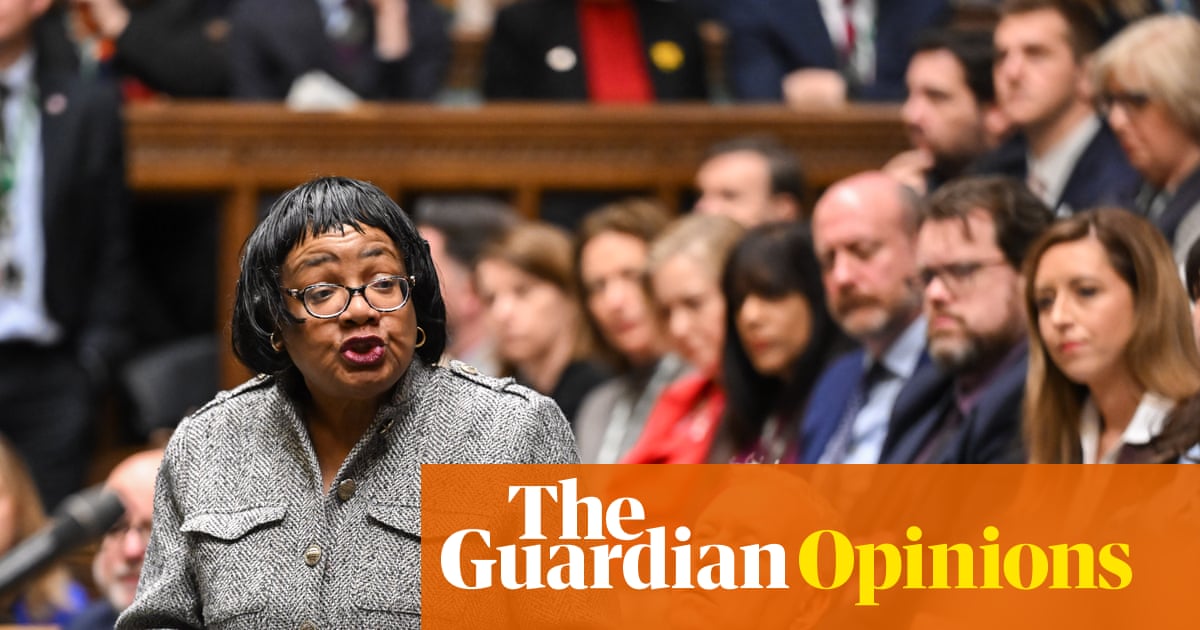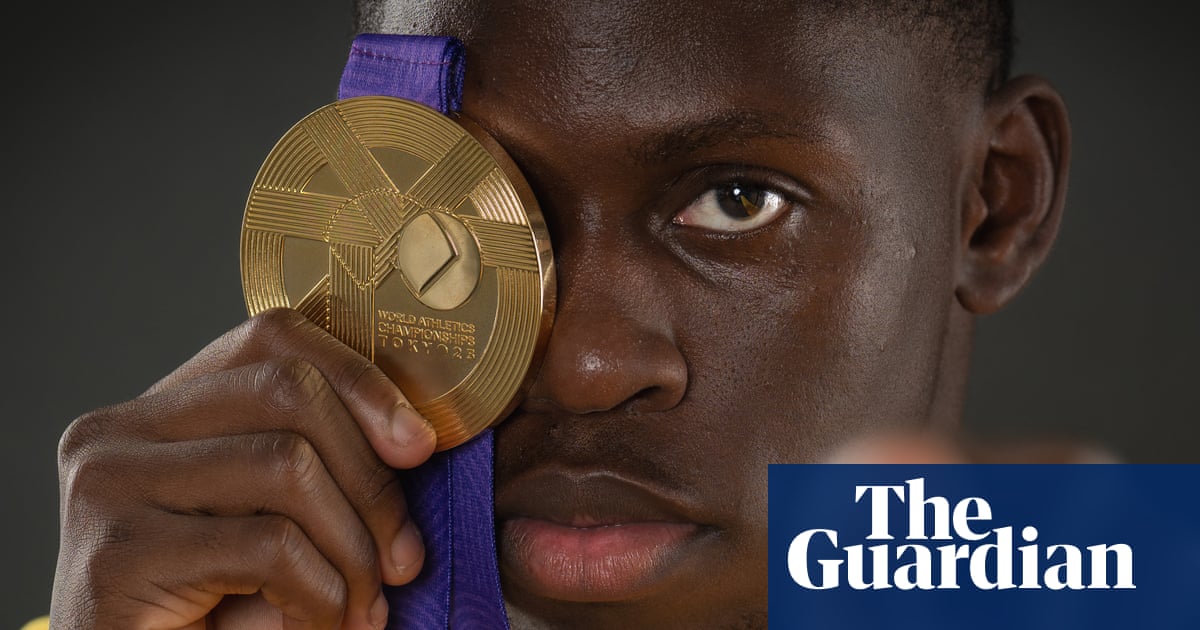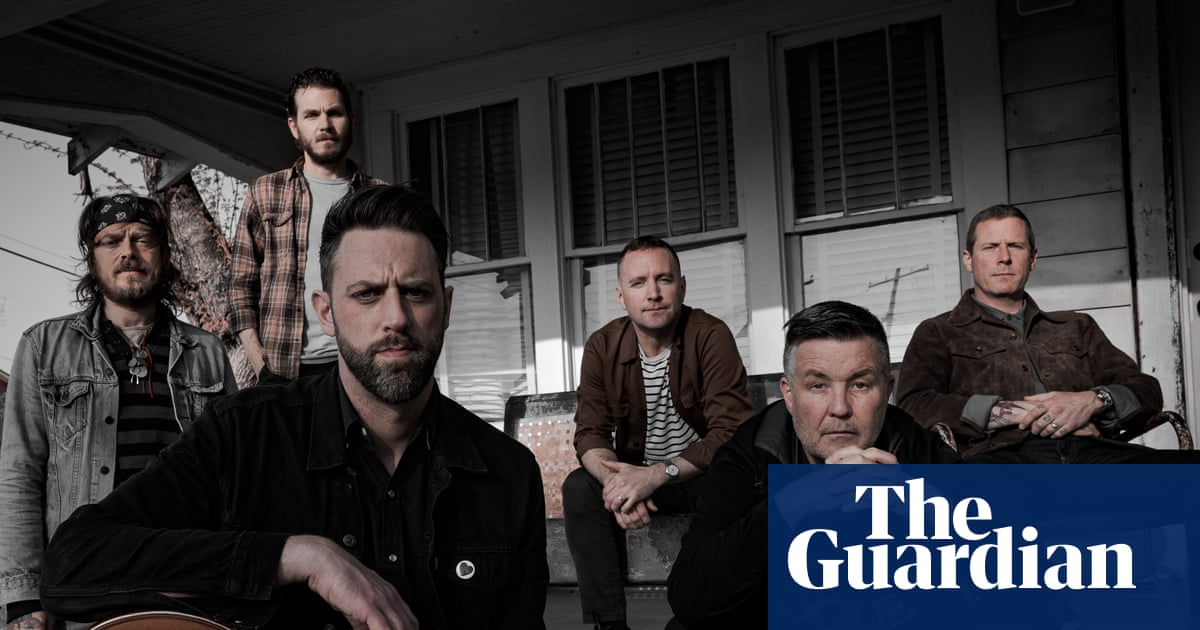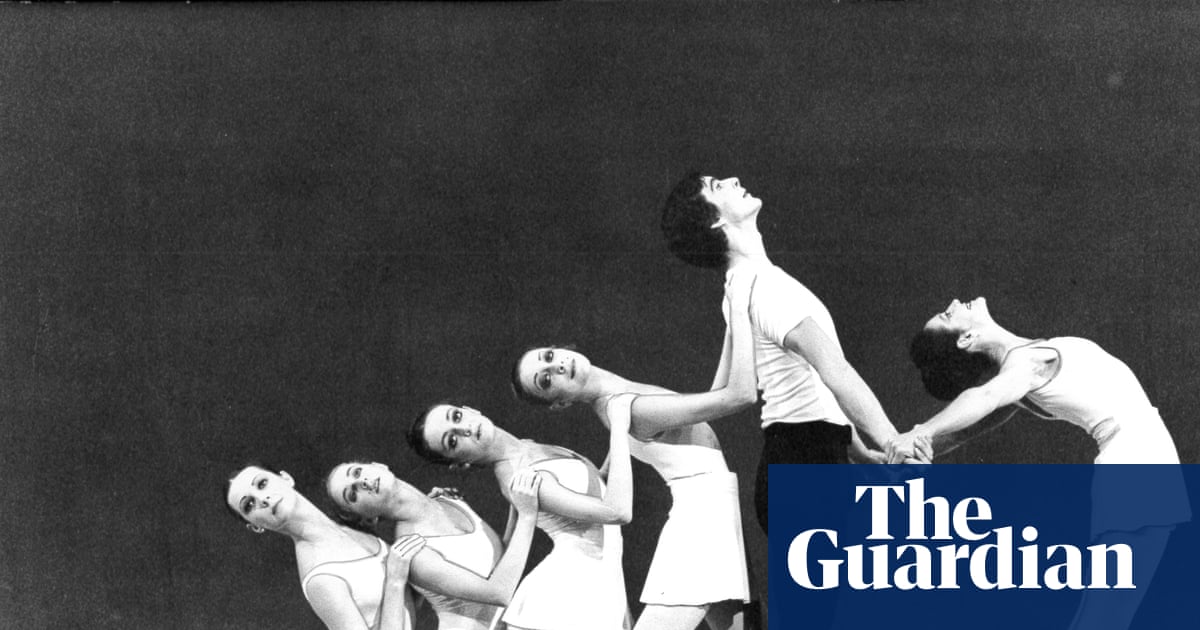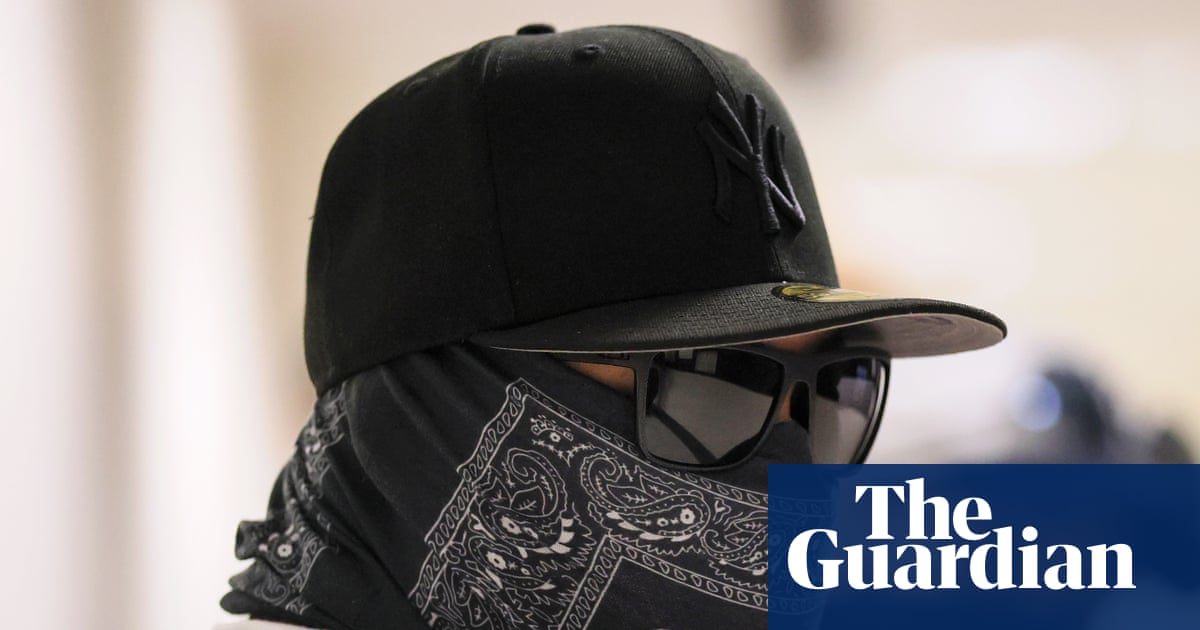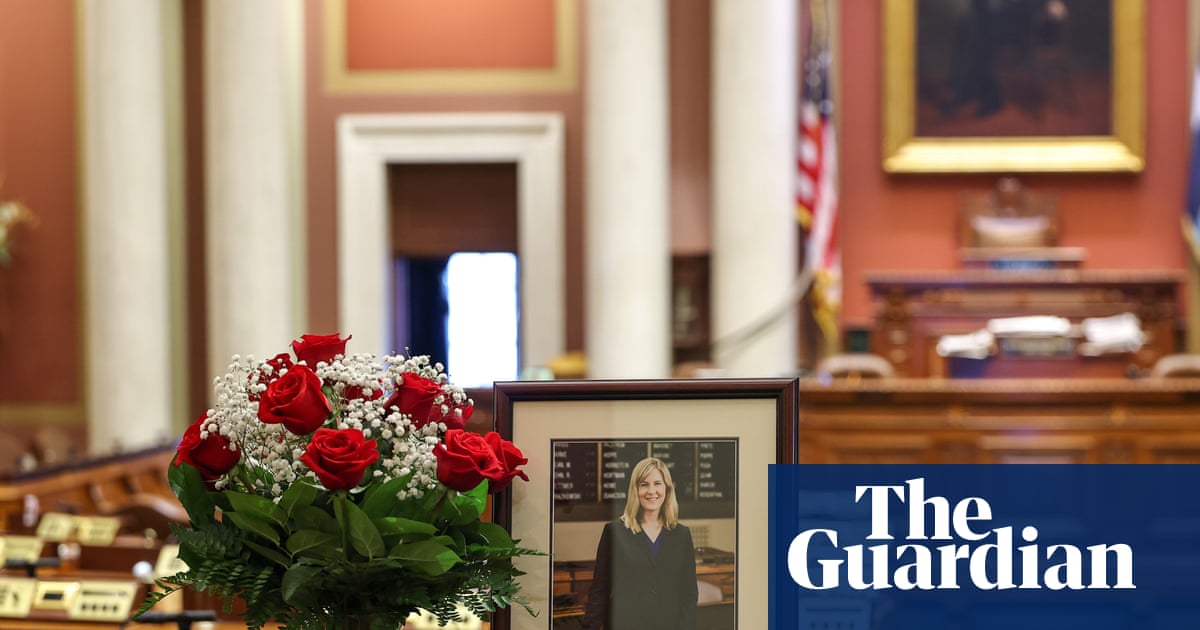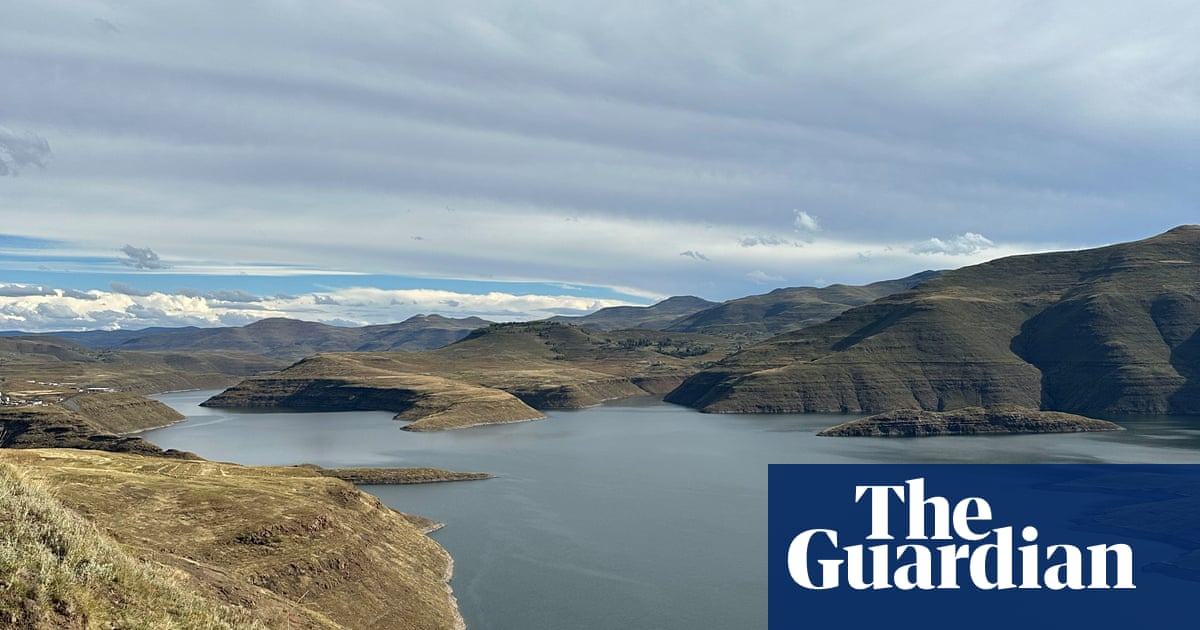Howard Hudson (lighting designer): I saw the original production many times. The scale and feel of it were unlike anything else. Complete escapism. I used to skate around the living room singing the songs.
Andrzej Goulding (video designer and animator): It’s such a part of popular culture – Starlight Express is even referenced on Family Guy. But I didn’t know a huge amount about the musical aside from the fact that it was on roller-skates and it was trains.
Tim Hatley (set designer): I was studying at Central Saint Martins in the 80s and went to see Starlight because its designer, John Napier, was coming in to do a project with us. We’d been doing Shakespeare but this was almost like a fairground ride. I mean, they high-fived the audience – some of whom had seen the show 50 times.
Gabriella Slade (costume designer): People who saw Starlight when they were kids are now bringing their own families. In our audience you can be up close with some of these characters and costumes. That’s quite rare.
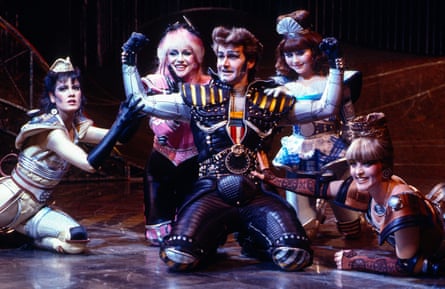
Tim Hatley: For those who saw it the first time round, we wanted to give it a different spin. With a flexible space like this, the world is your oyster. Do it in the round? Have it like a tennis court? We had lots of thoughts and lots of models. Everybody’s waiting on me to come up with the concept. Lighting, video, even skating and choreography – they can’t get on with their work until they know where the slopes are and how steep they are and where the video wall is.
Gabriella Slade: The original Starlight is probably one of the most iconic shows of all time. From a design point of view, it’s just heaven. On a revival it’s important, I think, to reference what has been before to a degree – we wanted to continue that spirit but also, 40 years on, shape it for a new generation.
Tim Hatley: We didn’t want to just copy what John had done before. And we didn’t want to be stuck with real trains running through tunnels and over bridges.
Gabriella Slade: The brief is really tricky! In our early conversations, we talked about the core components of a train and how to present those in a costume for performers who need to be able to move as easily as possible and to fall safely. There was a lot of aerodynamic chat!
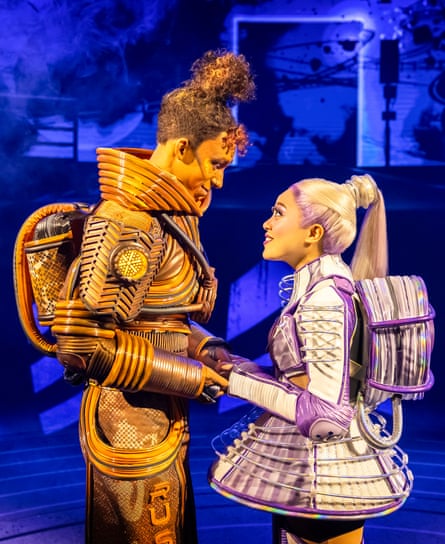
Andrzej Goulding: As soon as we landed on the idea of train tracks through space, where we’re sat as an audience became the race planet. There are other planets out there, like Electra’s and Greaseball’s. There’s no direction of that in the script. It’s completely left up to the team. References can come from anywhere but there’s that amazing 80s advert for Milky Way with the red car and the blue car where they’re kind of floating through the air. It’s that kind of world.
Tim Hatley: With video gaming, what kids are used to now is very different to playing with the old Hornby train sets.
Andrzej Goulding: I had a train set as a kid, one of those little wooden ones. You pretend they’re anything. Starlight was like mixing Mario Kart with trains and setting it in space. The reason you can go over the top is it’s the point of view of a child. Having the kid, Control, on stage is a bit of a masterstroke – you can do even more because they’re directing what happens. We’d often ask: What would a kid do in this situation?
Gabriella Slade: We’re in a child’s bedroom – Control’s outfit had to look like it had been made at home or bought, or a hybrid of the two. The jumpsuit vibe felt right – a bit cosmic.
Howard Hudson: We had to keep the childlike essence of the piece – this is a child’s imagination – while using such ultra-modern technology. So there are moments that are incredibly simple, like a single star flying in.
Tim Hatley: There were three separate designs: auditorium, front of house and the show. As a theatre designer, you’re not usually governing where the audience are going to sit – or worried about where they are going to be coming in and out. With this, it was a priority.
Gabriella Slade: First off, you read the script, listen to the music and collate research images. From there, you form sketches or initial shapes and start to think about fabrics. Then you go into much more fully rendered concept sketches integrating the fabrics. That, of course, is costed and there’s a process of research and development. We had a skate school for a number of weeks so were able to access our company quite early on for fittings. Some of the shapes are not form-fitting, so we needed to make sure they would be all right going around corners in the auditorium.

Tim Hatley: I’m very old fashioned. I work with model boxes. We had an enormous one for this because there were so many collaborators who weren’t necessarily in the world of theatre, but also because it was a space that didn’t really exist yet. So people needed to understand the auditorium.
Howard Hudson: The skaters had to get used to having mega bright lights in their eyes as they try to navigate these routes around the space. There are more than 600 moving lights in the show, which has probably one of the biggest rigs for a musical. For the Starlight sequence in act two we have 250 of these star units that fly above the audience – each has got six LEDs on it. Then there’s however many kilometres of LED tape.
Tim Hatley: We’ve got LED set into the floor and the skaters go over that. It’s not like using the old tungsten lights which got very hot, but it does warm up, which causes the plastic on top to expand. So there was a lot of development. I was able to give Howard places to put lights where you normally wouldn’t have them, like coming up through the floor. It became clear to me that it needed a rock concert feel. The songs were rearranged to have a more contemporary, poppy sound too.

Howard Hudson: Early on, we built a pre-visualisation studio with huge screens and had a 3D version of the set on a computer. Andrzej was able to feed his content into that and we had the whole rig there. So we would watch actors rehearse a number then go into our studio and work out how to light it.
Andrzej Goulding: Lighting and video are closely intertwined because there’s only so many photons you can throw on stage. Howard and I have worked together several times. The Starlight rehearsal room had a full set and the two of us sat there tracking the race, drawing a map of what goes where. The hardest thing in theatre, compared with film, is that an audience can look anywhere. Our job is to pull the attention of the observer. We used a live camera in the races to help follow the characters. And we used a leaderboard. It took us a long time just to sculpt the journey of those races.
Tim Hatley: For the ramps, we talked to skaters who had been in the show before. How do we get that amount of speed up in that amount of space? Those were technical problems which were all new to me. We collaborated with a company that builds skate ramps and parks. It’s a timber surface – we’ve used some metallic paints in there too, to pick up the video. We’ve got moving scenery but where those joins are the surfaces have to be perfect and seamless. You can’t have any little gaps that might get worse during the run.
Andrzej Goulding: Video design should only be there if it’s serving the story. If you’re just doing something for the sake of looking fun, it weirdly makes things slower. There’s also only so much spectacle you can do. A show is all about peaks and troughs, following the storytelling. If you’re peaking the entire time, it’s boring.

Howard Hudson: Luke [Sheppard, the show’s director] has the most technical mind. I’m convinced he could be a lighting designer if he wanted to. We’ve collaborated for years and have developed a kind of shorthand – we started out at the Finborough and now work on these massive commercial musicals together. Set designers build models and costume designers do drawings whereas lighting is so visceral. You need to see the lights in the space, so we’re always the last people to come in. And we’re doing our job in front of 150 people in the theatre. So it’s a bit nervy.
Gabriella Slade: It was important to make sure that each group of characters had a visual identity: carriages, trucks, steam engines, electric trains. They needed to feel cohesive when put together but have differentiations as well. Campbell Young and Helen Keane were our wigs and hair designers and Jackie Saundercock was our makeup designer. We had a brilliant collaborative relationship. The integration of the hair and makeup feels like one unit, which is always the aim. Each character has their own iconography, too. The designs need to be bold enough for you to identify who’s who and where they are in the races.
Howard Hudson: For Electra’s song AC/DC we wanted laser units to give a quality of light you don’t get from normal fixtures. We went down to a laser company and spent a day experimenting with the looks we could get. It almost comes out of nowhere in the show and adds another layer of spectacle you don’t get out of a traditional lighting unit.
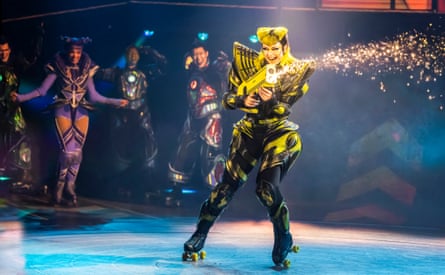
Gabriella Slade: The backpacks have handles, which are important for racing together. For me, the backpacks suggest a power bank or a battery – and they light up so actually have their own batteries! It’s all an extension of the actual costume. Greaseball’s spark gun creates another really lovely extension of the image. It’s got the same yellow and black scheme and that moment really fits the energy of her song.
Howard Hudson: We couldn’t use traditional manual followspots because people are moving so quickly. So we use an automated system called Zactrack. Performers wear tags that send tracking data to the lighting desk, and we’re able to tell the lights which person to follow around the space.
Andrzej Goulding: Video is slow. Every time we want to do something, it’s got to be rendered. We’ve got all these multiple layers. You’ve got to put in a lot of hours. I’ll sit up until three in the morning if I’m not happy with one little thing. I just want to make sure it’s right. The scale of it was enormous. I tend to work on my own but got the biggest team I’ve ever had on a show. If you surround yourself with the right people it’s fun to do. And super satisfying when everything’s working in synergy.
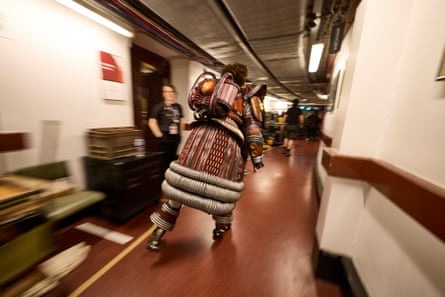
Howard Hudson: Whenever I go in and see it again, I think: Crikey, how on earth did we achieve that?
Tim Hatley: There’s not a bad seat in the house, and they’re all very different. I don’t think I’ve designed a show where that has been the case so much. Sitting in what we call the side tracks, looking down, you’re very close. If you’re at the back, you get the whole overview and a real sense of the video.
Gabriella Slade: Some fans come in costume. It’s so lovely to have people recreate the designs. I’m never not amazed that they want to spend the time to do that.
Andrzej Goulding: The craziest thing was going on to do a “normal” show afterwards – one without people on roller skates! You’re wondering why everyone’s moving around the stage so slowly.

.png) 3 months ago
85
3 months ago
85
